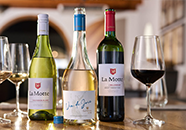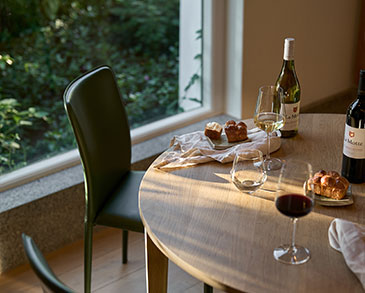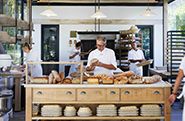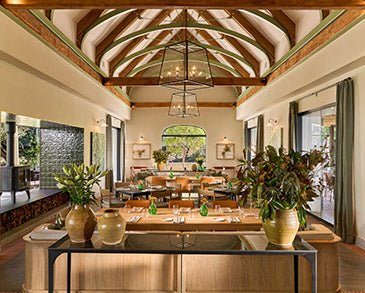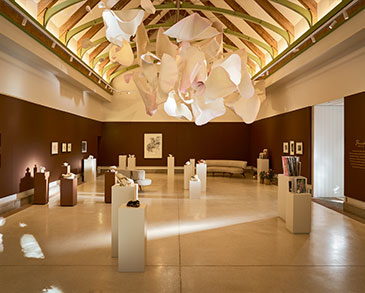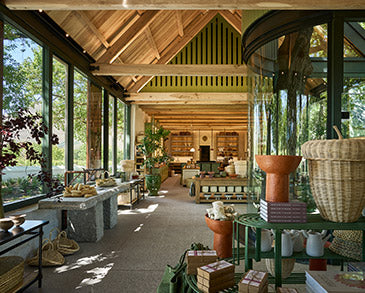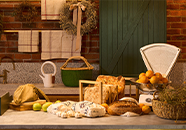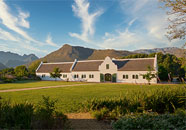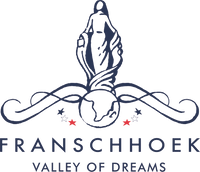
Grapes for the wine originate from Walker Bay, Franschhoek and Stellenbosch.
The preceding winter was cold enough to allow good budding, but in some places only 33% of the normal rainfall was received. Initially, growth and bunch-forming were good and indicated a promising harvest. With heat-waves in October and January, and an abnormally high number of days with temperatures over 35 degrees Celsius during summer, harvest potential decreased substantially. Water for irrigation was also limited. Harvesting was 10 — 14 days earlier than usual and, due to the heat, acids are lower and pH’s higher.
Each vineyard grows in its own macro climate in a wide variety of soil types. Several clones are represented. All the vineyards are trellised according to the Perold system and managed to maintain a perfect balance between leaf coverage and yield. Thanks to the different terroirs, each region produces its own distinctive grapes, so grapes from each region make a unique contribution to flavour and structure.
Grapes for the wine consist of Merlot (56%), Cabernet Franc (28%), Petit Verdot (10%) and Malbec (6%). Before and after de-stalking, all the grapes were hand-sorted. The de-stalked berries were inoculated with yeast immediately. Fermentation was at between 25 and 30 degrees Celsius while the wine was pumped over. After fermentation the wine was left on the lees for a further 20 days in order to enhance extraction and body. Malolactic fermentation was partly in barrels.
The nose of this wine tells the story of how it was made. Raspberry (Merlot), a slight herbaciousness (Cabernet Franc) and English toffee (oak) combine in a harmonious way. Malbec and Petit Verdot provide colour and spice. Very perfumy and aromatic with the earthiness of beetroot and leafy undergrowth. Juicy concentrated blueberry fruit on palate with fresh acidity and toffee sweetness. Spicy cinnamon finish.
Alcohol 13,89 vol
Residual sugar 2.4 g/l
Total acid 5,7 g/l
pH 3,51

